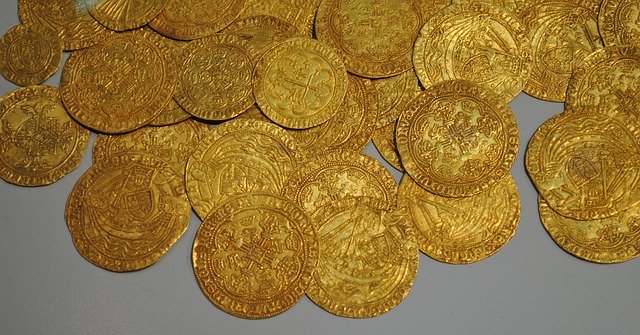Treasure
On 4 December 2020 the government announced it had redefined ‘treasure’ to increase protection for archaeological finds. The official treasure definition will no longer be based solely on the material qualities of an artefact. This they suggest is one of the biggest changes to the Treasure Act since it came into effect.
Under the previous definition, objects were designated as treasure if they were found to be over 300 years old, made of gold or silver or found with artefacts made of precious metals. However this view of treasure did not capture the full extent of important finds reported in the twenty-first century.
Recent finds include a bronze-enamelled horse brooch from between the second and fourth century AD which resembles earlier designs of the Iron Age period. This was not recognised under the Treasure Act.
The new definition will be developed to ensure that major finds can be designated as treasure if they are historically or culturally significant. This will bring the treasure process into line with other important legislation to protect cultural heritage and collections, including the listing process for historically significant buildings and the export bar system.
A specialist research project running in 2021 will inform the new definition and there will be opportunities for detectorists, archaeologists, museums, academics and curators to contribute.
The government will also introduce new measures to improve the experience of the treasure process which include a new time limit to streamline some stages of the process, limiting the number of times the Treasure Valuation Committee can review a case and developing a mechanism to return unclaimed rewards to museums.
[edit] Related articles on Designing Buildings Wiki
IHBC NewsBlog
Old Sarum fire in listed (& disputed) WW1 Hangar - Wiltshire Council has sought legal advice after fire engulfed a listed First World War hangar that was embroiled in a lengthy planning dispute.
UK Antarctic Heritage Trust launches ‘Virtual Visit’ website area
The Trust calls on people to 'Immerse yourself in our heritage – Making Antarctica Accessible'
Southend Council pledge to force Kursaal owners to maintain building
The Council has pledged to use ‘every tool in the toolbox’ if urgent repairs are not carried out.
HE’s Research Magazine publishes a major study of the heritage of England’s suburbs
The article traces the long evolution of an internal programme to research 200 years of suburban growth
IHBC Context 183 Wellbeing and Heritage published
The issue explores issues at the intersection of heritage and wellbeing.
SAVE celebrates 50 years of campaigning 1975-2025
SAVE Britain’s Heritage has announced events across the country to celebrate bringing new life to remarkable buildings.
IHBC Annual School 2025 - Shrewsbury 12-14 June
Themed Heritage in Context – Value: Plan: Change, join in-person or online.
200th Anniversary Celebration of the Modern Railway Planned
The Stockton & Darlington Railway opened on September 27, 1825.
Competence Framework Launched for Sustainability in the Built Environment
The Construction Industry Council (CIC) and the Edge have jointly published the framework.
Historic England Launches Wellbeing Strategy for Heritage
Whether through visiting, volunteering, learning or creative practice, engaging with heritage can strengthen confidence, resilience, hope and social connections.














